| Membership | Price (+HST) |
|---|---|
| Single | $85/year |
| Single Plus | $120/year |
| Family | $130/year |
| Family Plus | $175/year |
| Contributing | $300/year |
| Supporting | $600/year |
| Sustaining | $1,000/year |
| Benefactor's Circle | $2,500/year |
| Director's Circle | $5,000/year |
| President's Circle | $10,000/year |
Being a Sub-Zero Locavore; eating local in winter
By Nadine Nesbitt, Public Programs Coordinator, Royal Botanical Gardens.
Eating locally isn’t just good for our health, but helps to support our neighbourhood businesses and farmers, keeping money in our own communities. Often our small neighbourhood farmers use more sustainable practises such as organic gardening and regenerative agriculture, caring for the soil and the biodiversity of the ecosystems which they are in. Produce grown nearby significantly reduces the carbon footprint of that food item, saving on nasty CO2 emissions from transportation. Why buy a tomato grown in California when you can buy one grown right here, packed with even more nutrients since the time picked from the plant will be significantly less.
In the summer and fall months, filling your kitchen with locally grown items can be easy, but in the winter, well, this can pose a challenge. However, eating locally throughout the winter doesn’t mean you need to eat squash for breakfast, lunch, and dinner! With a bit of planning and creativity, here in Southern Ontario there is a plethora of ways to eat locally even in the depths of winter.
Shop the Season at Farmers Markets
Visit your local farmers market or grocery co-op! There are many produce items grown in Ontario that store extremely well throughout the winter that your local market may still have available. Try building more meals with carrots, potatoes, cabbages, and winter squash or join a CSA.
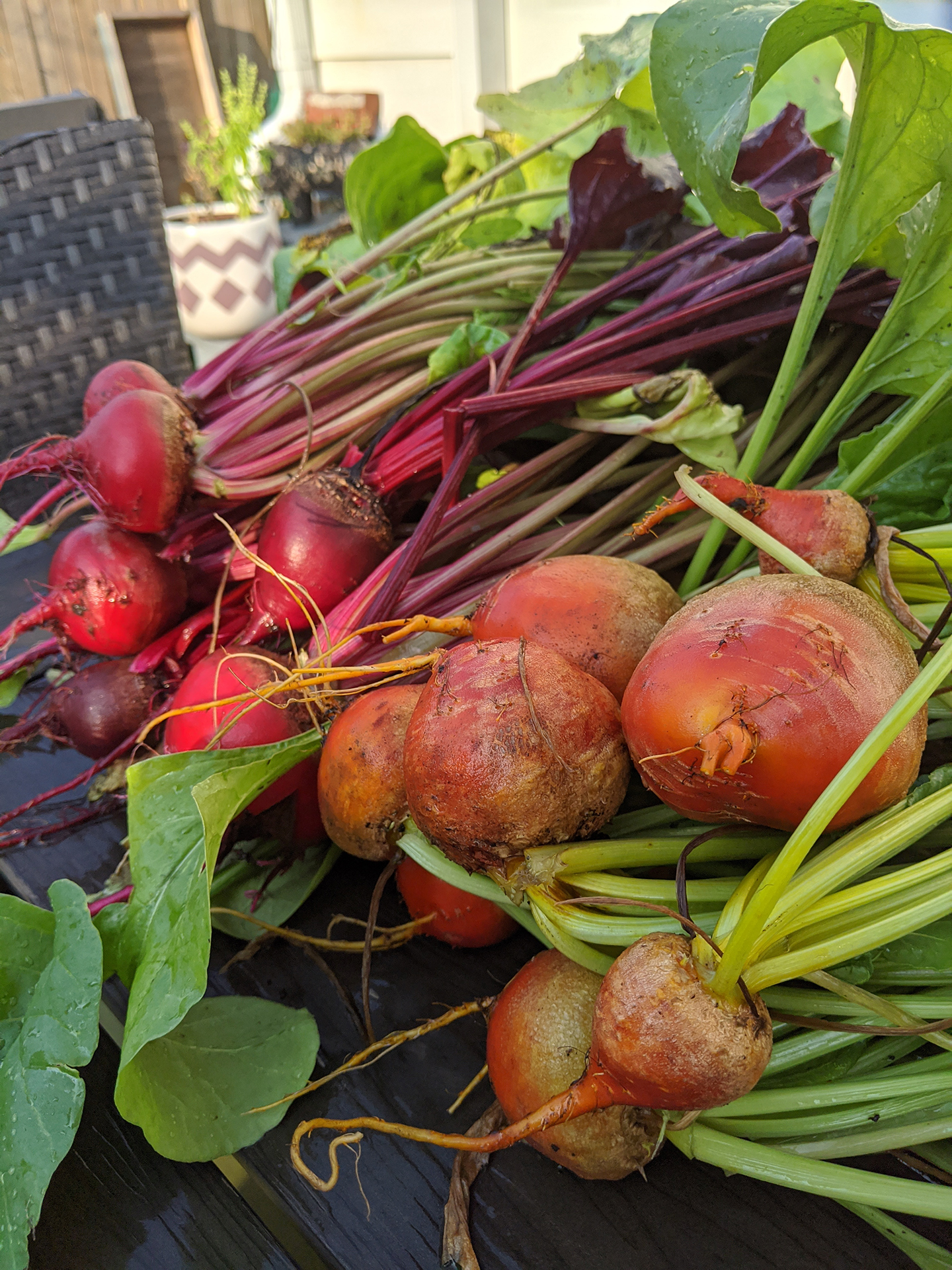
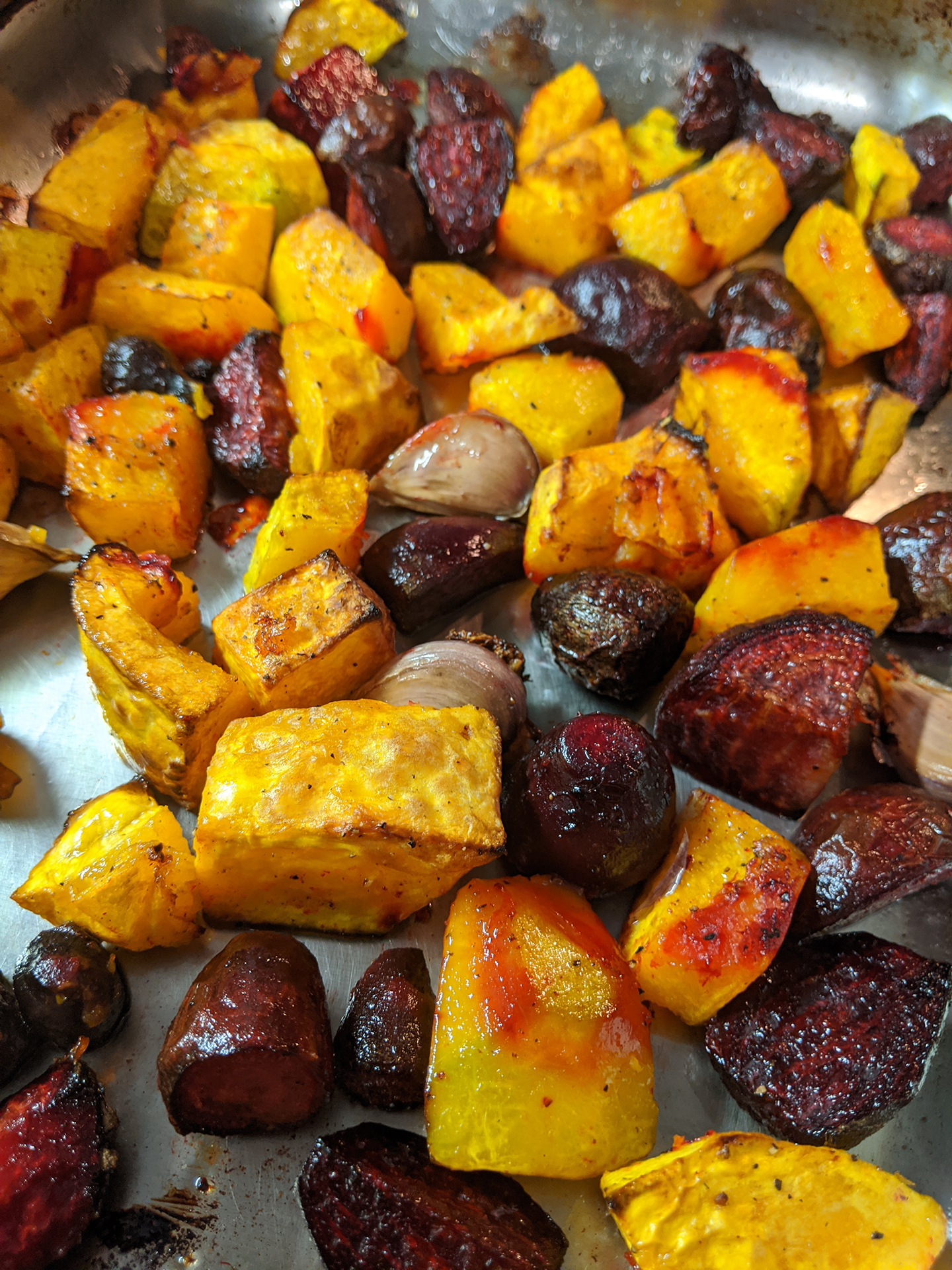
Winter Gardening
If you’re a gardener at home, using fleece or a cold frame will help to extend your harvest into the winter. Plan ahead to eat items from your garden all winter long such as kales, spinach, swiss chard, onions and garlic.

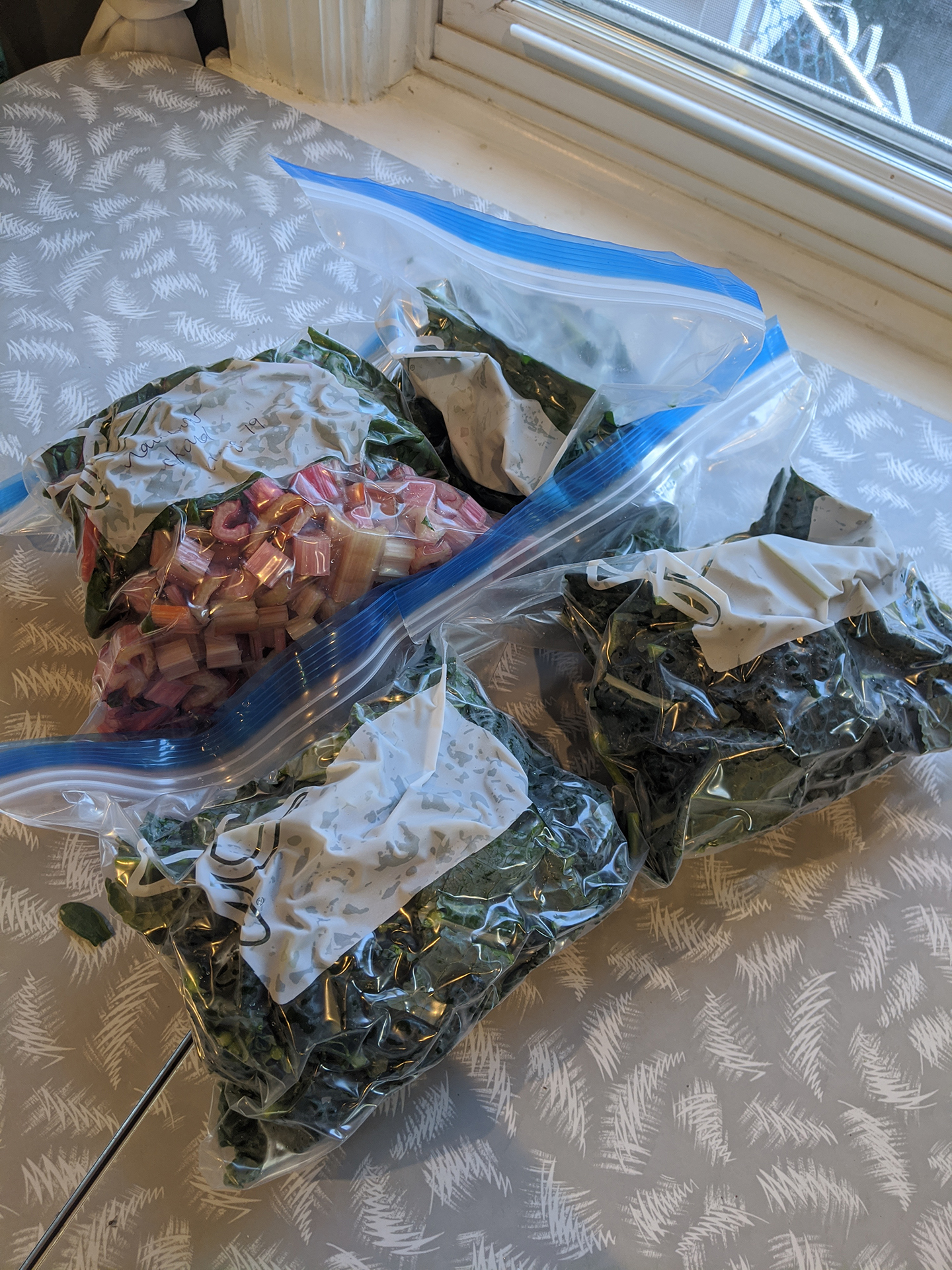
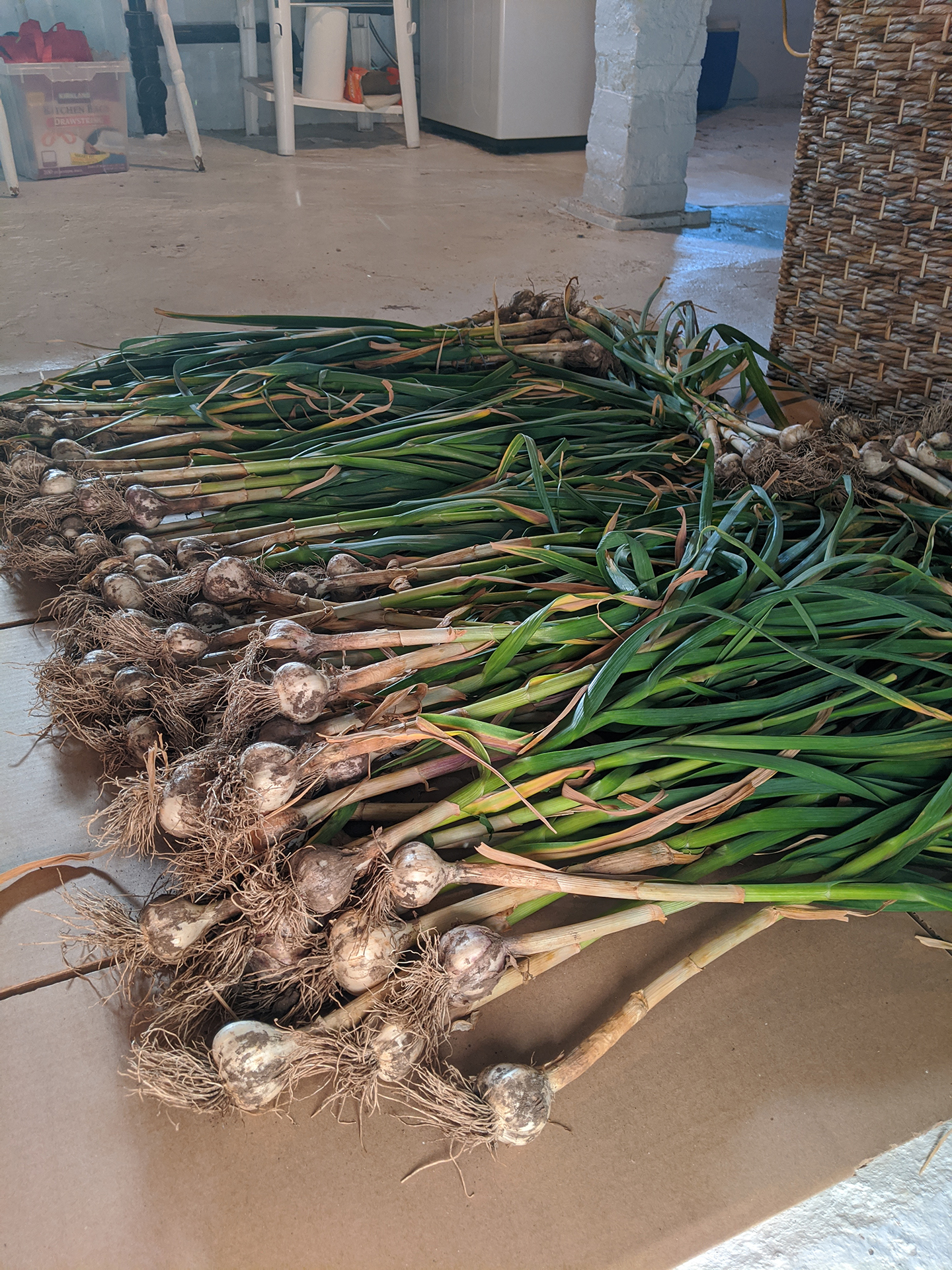
Fermentation
With a bit of planning, purchasing items from your local farmer in bulk to can or ferment at home can help to get all the benefits of fresh produce into your body that may be harder to grow or purchase in the winter months. Tomato sauce, beets, pickles, pestos, and kimchi are all wonderful and easy to make foods that you can eat all winter.
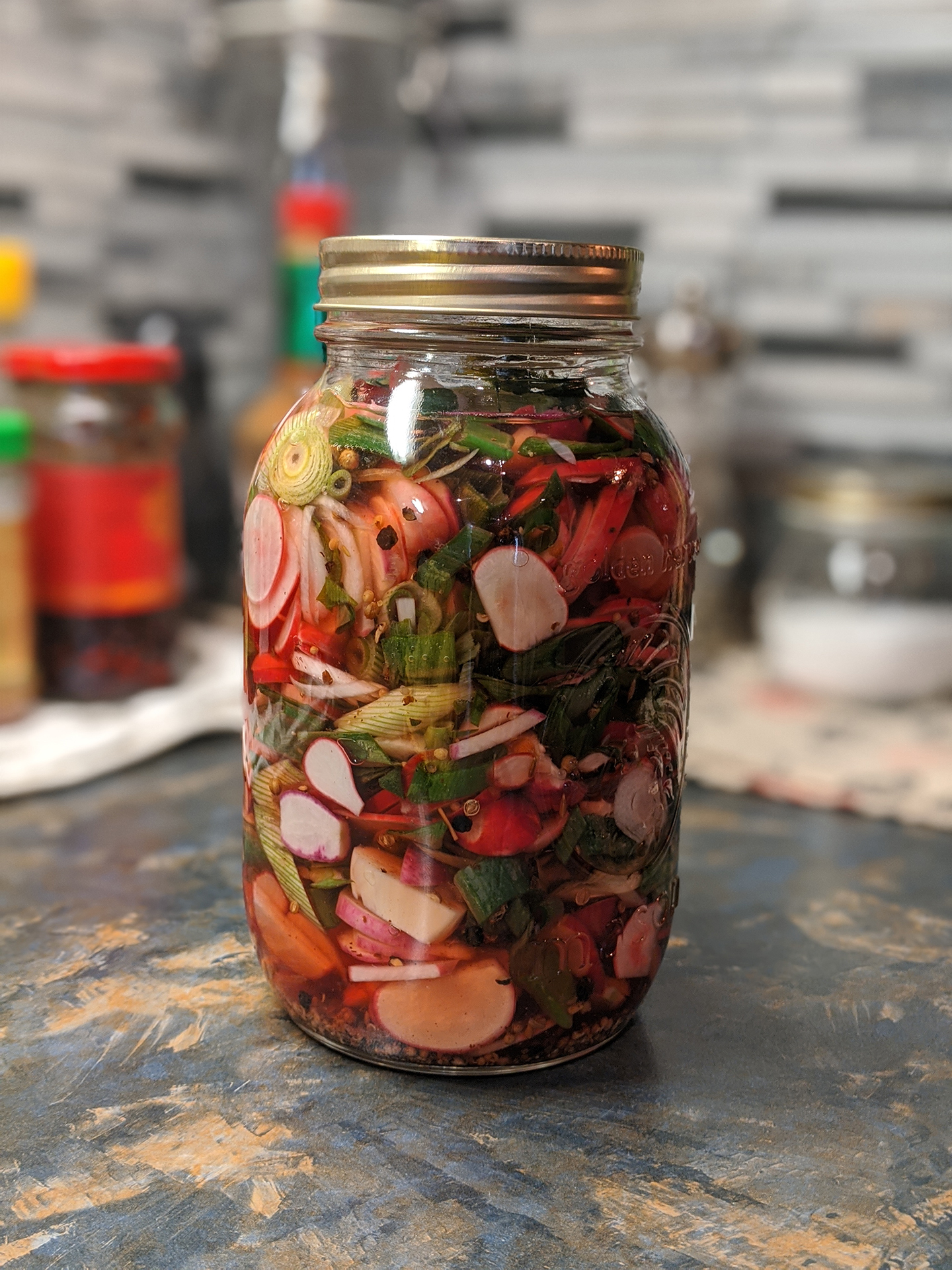
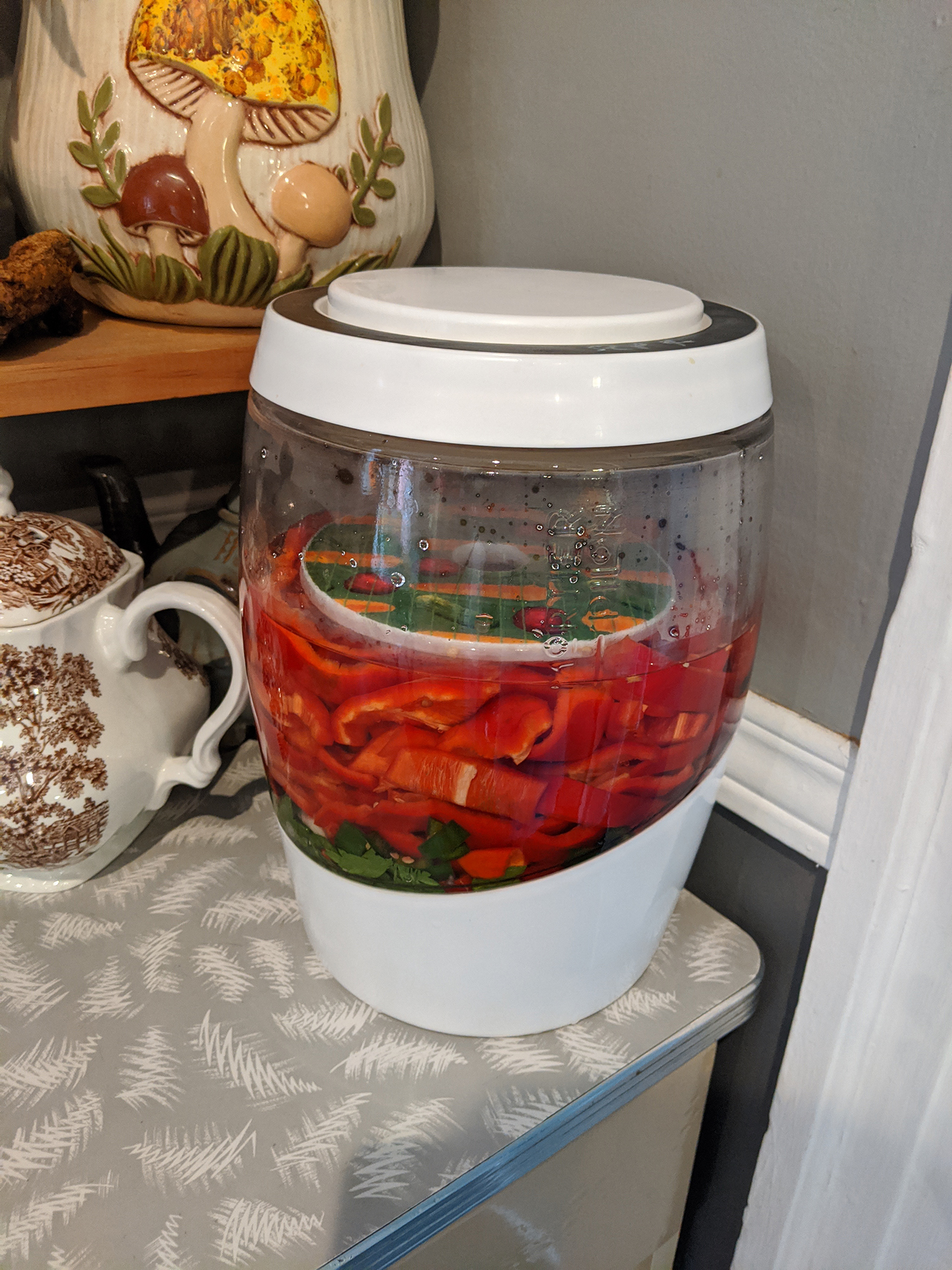

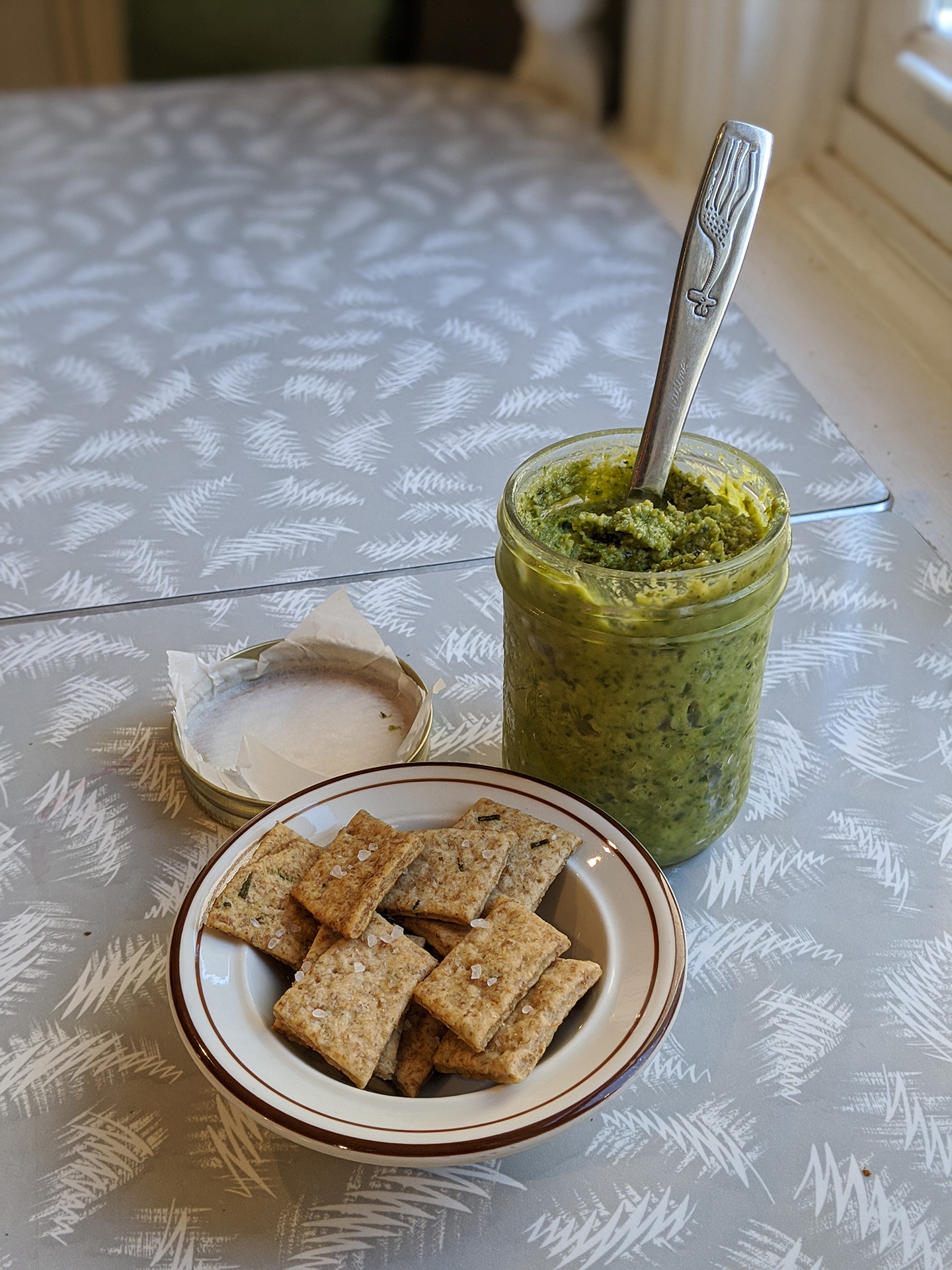
Dehydration and Preservation
Try dehydrating fruit or preserving herbs by drying or infusing in oils to keep the tastes of summer in your pantry all winter long.
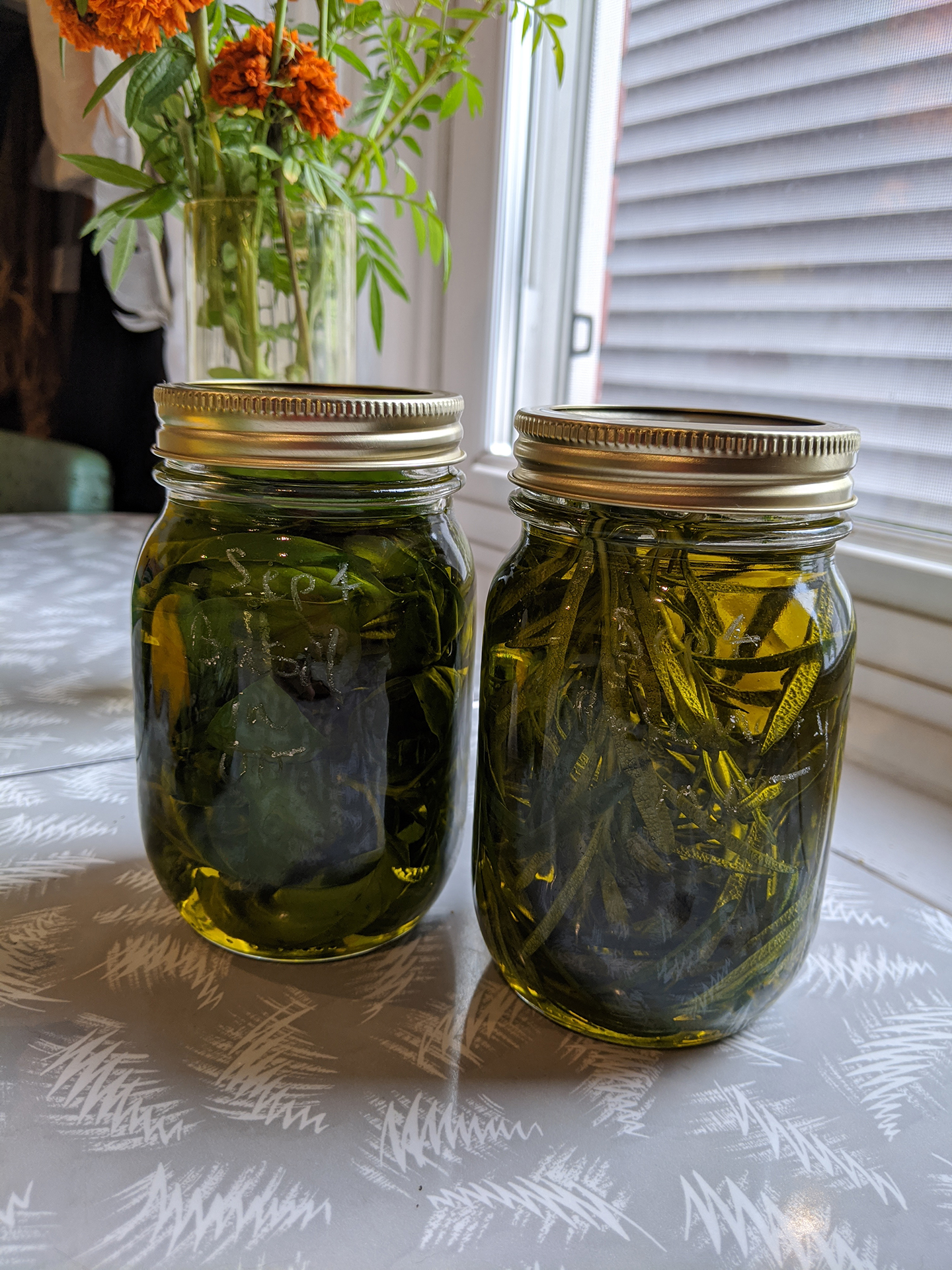
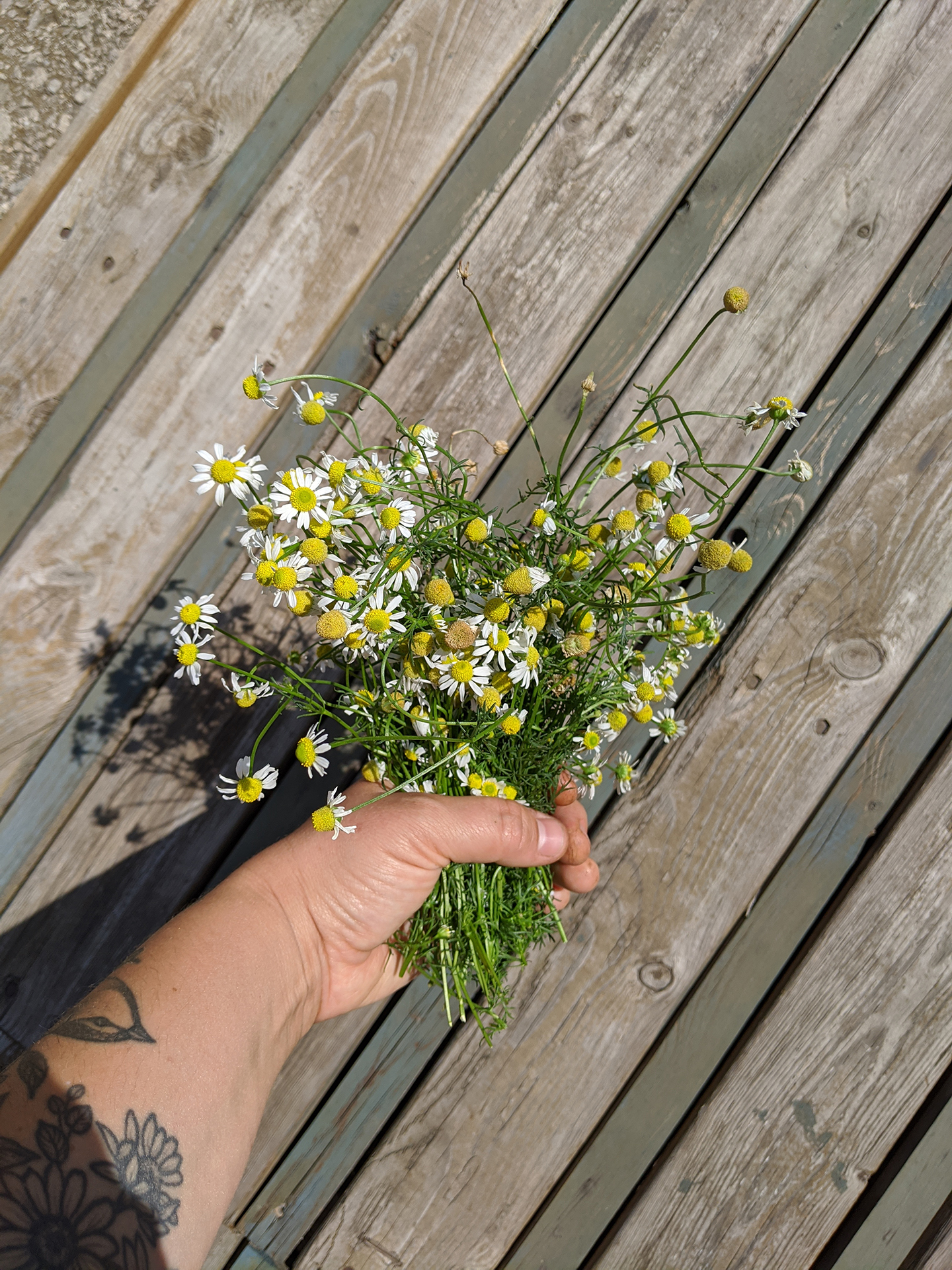
Local Eats
Visit your local butcher, bakery, winery, craft brewer or cidery to support local businesses that sell products close to home. There are lots to choose from here in Niagara. You can even find a local mill nearby to purchase flour for all your winter baking needs.
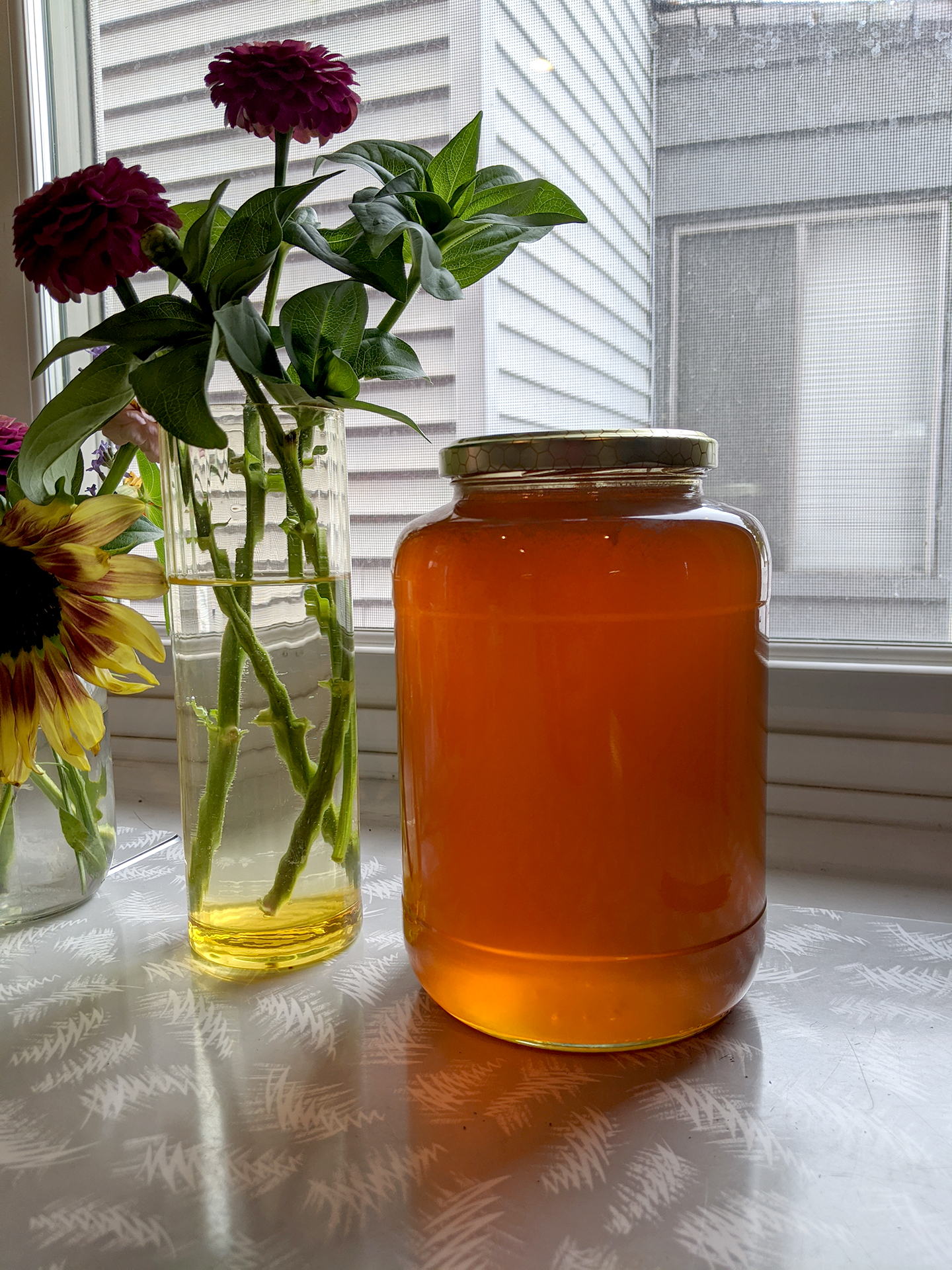
Grocery Store Finds
When shopping at a large grocery store, keep your eyes peeled on the stickers and tags that tell you where your food is coming from. Look for the “Foodland Ontario” symbol and dairy products that say “Dairy Farmers of Canada”
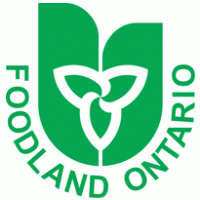

Baby steps are key to becoming a winter locavore. Small changes each day can add up to create a large impact towards having a healthy body and planet! With some effort, creativity in the kitchen, and seasonal planning, you’ll be well on your way to eating locally even throughout the winter months.
More from the RBG Blog
Check out RBG’s blog for announcements, articles, and more from Canada’s largest botanical garden.
Want to be sure you hear first? Sign up for our weekly e-newsletter to hear about upcoming events, weekend activities, articles, and more!












